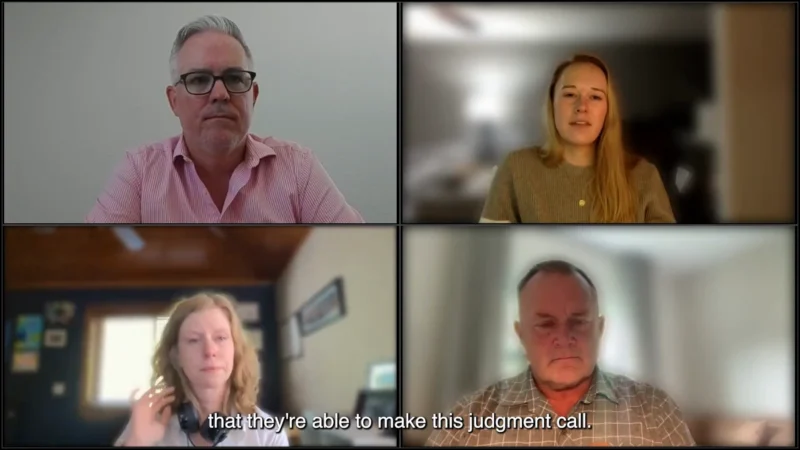CurveBeam Connect: Dr. Alireza Khosroabadi’s True “Minimally Invasive” Bunion Procedure
Dr. Alireza Khosroabadi, DPM, opened the Khosroabadi Institute for Advanced Minimally Invasive Foot & Ankle Surgery in Los Angeles, CA to focus strictly on surgical procedures.
His self-developed minimally invasive bunion procedure has been featured on “The Doctors” television show. Dr. Khosroabadi spoke to CuveBeam’s Vinti Singh about this procedure and other surgeries performed at his institute.
Dr. Khosbroabadi’s trademarked AMI (advanced minimally invasive) bunion procedure was something he started performing about six years ago.
“This procedure is similar to one common in Europe,” Dr. Khosbroabadi said. He refined it overtime, and can now perform the bunion correction in less than 25 minutes. Seeing a rise in the medical community utilizing the term “minimally invasive” loosely, Dr. Khosbroabadi trademarked the AMI procedure to protect this type of surgery’s integrity.
In Dr. Khosroabadi’s approach towards bunion procedures, he strives to realign the joint without removing any excess bone. In 98% of Dr. Khosroabadi’s patient’s cases, shaving the bunion down isn’t necessary.
One of the things Dr. Khosroabadi invested in for his institute is CT weight-bearing imaging.
“All my patients, anyone going under the knife in my surgery center, gets weight-bearing CT imaging,” Dr. Khosroabadi said. “I felt the regular, 2D X-ray wasn’t good enough for me to assess everything that I wanted to assess. Also, it would take a little longer for me to obtain the images I wanted.”
To learn more about Dr. Khosroabadi & the Khosroabadi Institute, visit https://www.877foot911.com/.
Follow us on social media for the latest updates in B2B!
Twitter – @MarketScale
Facebook – facebook.com/marketscale
LinkedIn – linkedin.com/company/marketscale




